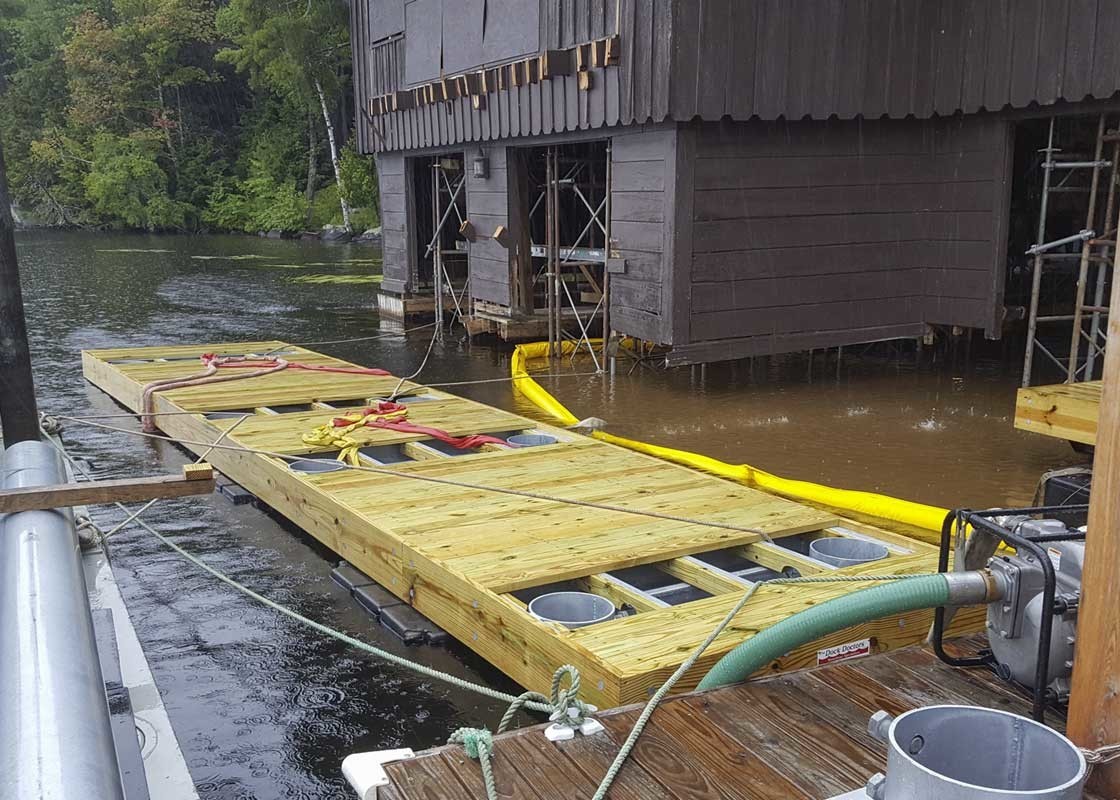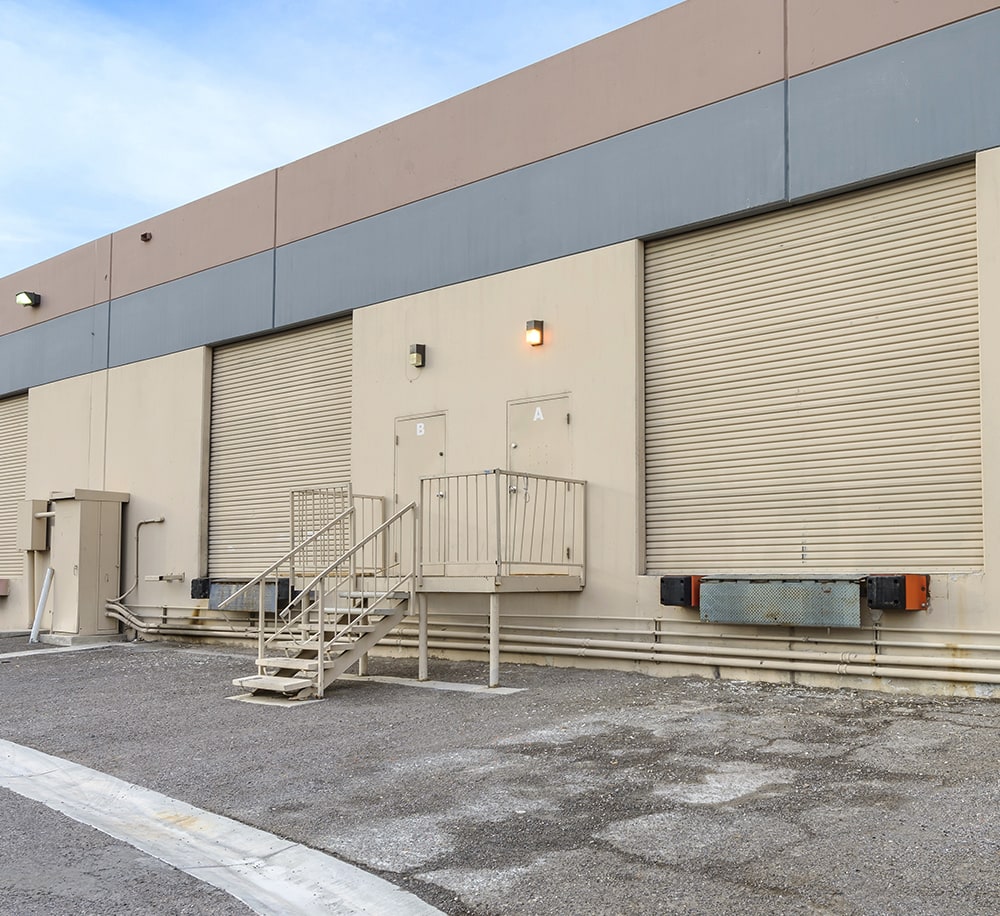Reliable Dock Repair Techniques: Guaranteeing Structural Integrity
Ensuring the architectural stability of anchors with effective repair strategies is paramount for the durability and safety of aquatic facilities. This entails a multi-faceted method starting with extensive evaluations making use of sophisticated modern technologies like sonar devices and remotely ran automobiles (ROVs) to detect both noticeable and concealed problems. Consequently, choosing the ideal repair work materials, such as corrosion-resistant alloys and composite materials, is critical for toughness. Structural support approaches, including the implementation of cross-bracing systems and load-distribution plates, play an important duty in mitigating stress factors. The relevance of these methods becomes obvious when discovering sophisticated repair service methods and preventative upkeep strategies.
Analyzing Dock Damages
Evaluating dock damages is an essential first step in guaranteeing the architectural stability and safety of any type of docking center. Secret facets to take a look at consist of the dock's foundation, pilings, decking, and equipment (Dock Repairs).
Structural designers or qualified assessors commonly do these assessments utilizing specialized methods and devices. Undersea inspections might use sonar tools or remotely ran cars (ROVs) to find submerged damages. Above water, visual evaluations are complemented by utilizing moisture meters and various other analysis tools to reveal underlying concerns not right away noticeable to the naked eye.

Choosing Repair Work Materials
Choosing the proper fixing products is a pivotal action in the dock remediation process, one that directly affects the longevity and efficiency of the repaired framework. Material choice must be driven by aspects such as environmental problems, load-bearing needs, and compatibility with existing dock components. As an example, timber is a typical option for docks due to its all-natural durability and aesthetic charm. Nonetheless, choosing the right sort of timber, such as pressure-treated lumber or naturally rot-resistant species like cedar or teak wood, is crucial to withstand marine atmospheres.
In enhancement to wood, composite products are progressively preferred because of their sturdiness and reduced maintenance needs. Composites, generally made from a mix of plastic and wood fibers, supply exceptional resistance to rot, insects, and UV damages. For metal docks, selecting corrosion-resistant alloys such as galvanized steel or marine-grade aluminum is important to protect against rust and guarantee architectural integrity in saline water problems.
Epoxy materials and marine-grade sealers are important for fixing cracks and sealing joints, supplying a waterproof barrier and improving the dock's general stamina. By carefully choosing high-grade materials, dock repair work can accomplish durable outcomes, thereby protecting versus future destruction and making sure secure, dependable use.
Architectural Support Strategies
Reliable architectural support methods are essential in ensuring the stability and long life of dock fixings. This approach is especially efficient for docks exposed to hefty lots or extreme environmental conditions.
Another essential strategy is the application of fiber-reinforced polymers (FRP) These products use high strength-to-weight ratios and exceptional resistance to corrosion, making them optimal for reinforcing concrete or wood anchors. FRP can be used in sheets or strips and bound with epoxy resins to enhance architectural stability.
Bracing and anchoring systems additionally play an important role in structural reinforcement. Cross-bracing, using steel or wooden beams, can combat lateral pressures, minimizing guiding and motion. Anchoring systems, such as helical piers or driven stacks, supply a stable foundation by transferring lots to deeper, much more stable soil layers.
Last but not least, the assimilation of load-distribution plates can assist distribute weight much more uniformly throughout the dock's surface area, alleviating local stress and anxiety factors. These strategies jointly make sure that docks continue to be durable and risk-free, with the ability of holding up against the rigors of their functional environment.
Advanced Fixing Techniques

Another advanced technique involves underwater welding, which permits repair work to be conducted without the demand to dewater the location. This approach is specifically useful for addressing architectural concerns in immersed dock elements, guaranteeing minimal disruption to operations. Boosted welding techniques, coupled with robot systems, supply accuracy and dependability, thus extending the life-span of the dock.
In addition, cathodic defense systems are carried out to stop rust in metal dock structures. By utilizing sacrificial anodes or satisfied existing systems, these methods efficiently mitigate the electrochemical procedures that result in material deterioration.
Last but not least, progressed tracking innovations, such as architectural wellness surveillance (SHM) systems, provide real-time information on the condition page of dock structures. These systems allow proactive upkeep and timely treatments, eventually ensuring the long-term structural integrity of the dock.
Upkeep and Prevention
Upkeep and prevention are essential concepts that underpin the long life and safety of dock frameworks. Regular assessments are extremely important, permitting early discovery of wear and tear, possible weaknesses, and environmental influences. A proactive technique, involving routine look for corrosion, rot, and architectural shifts, mitigates expensive fixings and prolongs the dock's operational life.
Safety nets must consist of applying safety finishings to steel components to defend against rust and making use of treated wood to resist decay. In addition, guaranteeing appropriate water drainage and ventilation can avoid water accumulation, which is a typical reason for architectural degradation. Integrating top quality products and sticking to manufacturer guidelines during building and construction and repair phases additionally play important duties in boosting resilience.

Training workers in dock maintenance best practices guarantees regular application of safety nets. Leveraging technical breakthroughs, such as drones for examinations and sensing units for real-time monitoring, can further boost maintenance efforts. By focusing on upkeep and prevention, dock proprietors can make sure structural integrity, functional security, and economical administration over the dock's lifespan.
Verdict
In final thought, maintaining the architectural integrity of aquatic facilities demands extensive dock repair methods. Extensive inspections utilizing innovative tools uncover both visible and concealed problems, while the choice of proper repair service products enhances resilience. Implementing architectural reinforcement techniques addresses anxiety points properly. Advanced repair service methods, coupled with regular upkeep practices, make certain the dock remains risk-free and published here functional under varied ecological conditions. Embracing these methods considerably extends the life-span and functionality of marine facilities.
Guaranteeing the structural stability of anchors with reliable fixing techniques is critical for the durability and security of aquatic centers.Picking the appropriate repair work products is a pivotal step in the dock restoration process, one that directly affects the long life and efficiency of the fixed framework.Reliable architectural support strategies are critical in guaranteeing the stability and long life of dock fixings. By focusing on maintenance and prevention, dock owners can guarantee structural integrity, functional safety and security, and cost-effective monitoring over the dock's lifespan.
In verdict, keeping the architectural stability of marine facilities requires detailed dock repair service methods.
Comments on “How to Pick the Right Service for Your Dock Repairs”